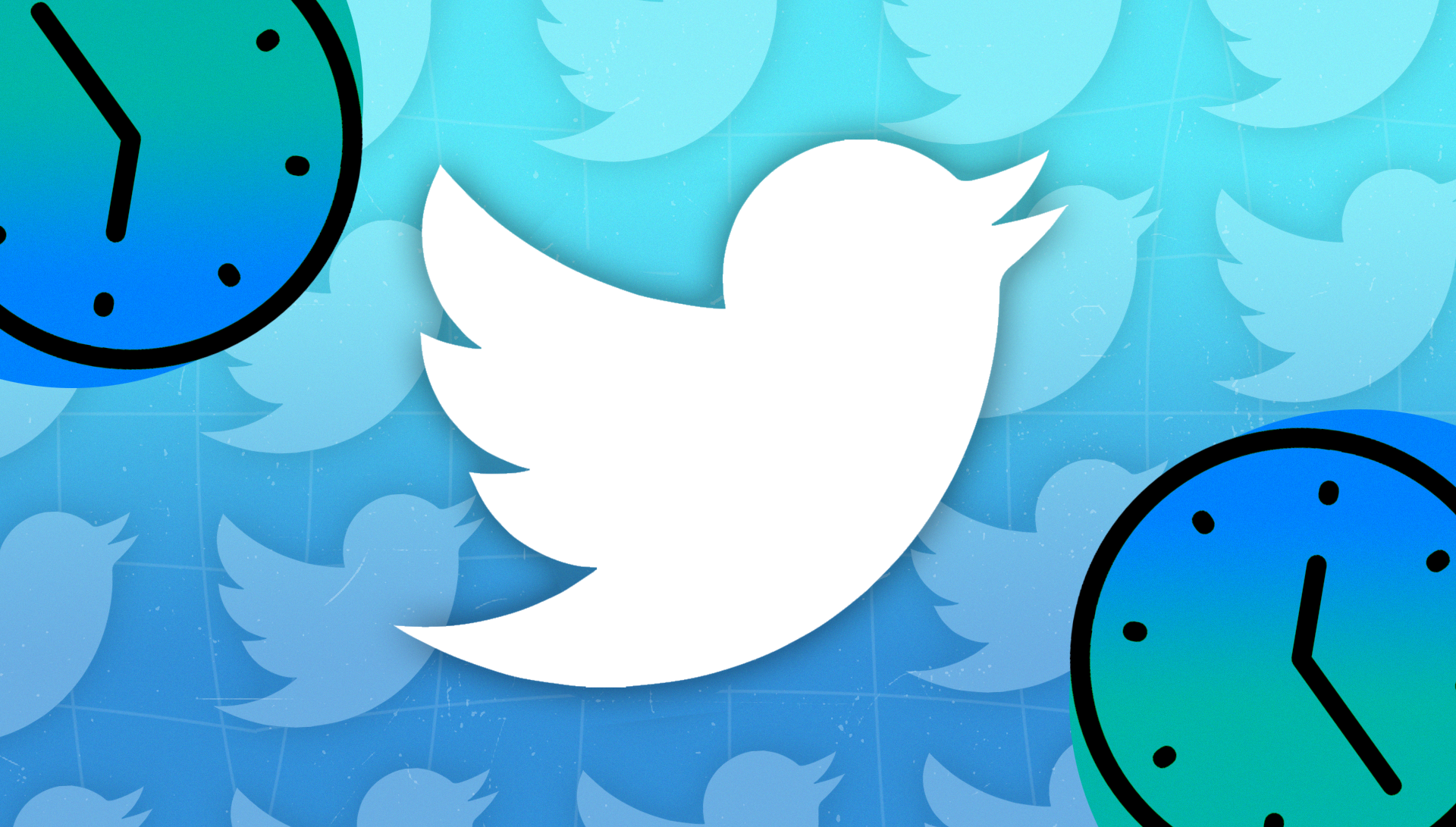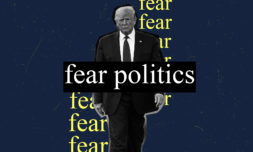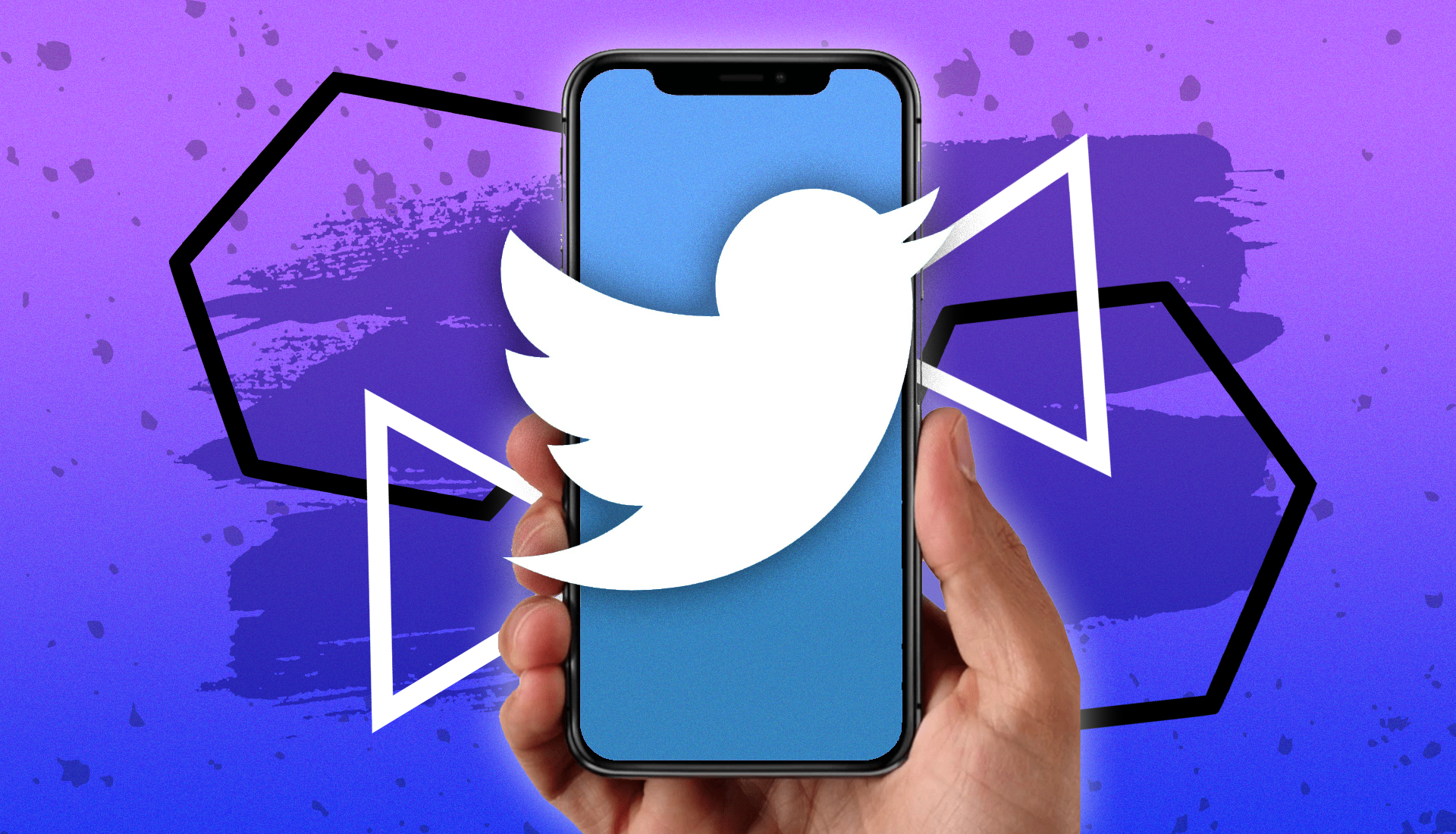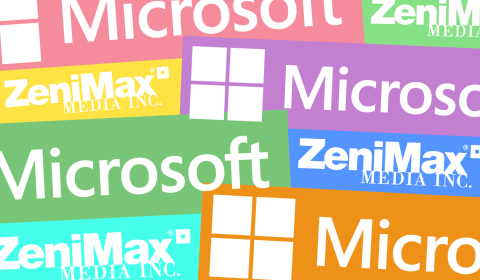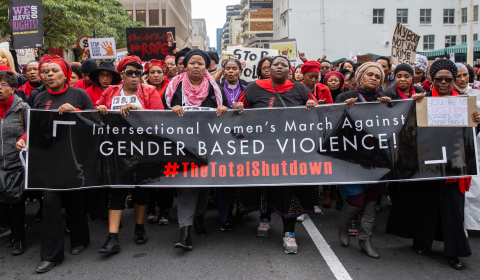Social media’s most unique platform is dabbling in disappearing stories, giving politicians dangerous access to ephemerality.
Twitter has been criticised by its shareholders for lagging behind its competitors for a while now. Investors have been calling for the resignation of its CEO, Jack Dorsey, alleging he’s been neglecting the network’s growth in favour of rival projects. One of these investors, Elliott Management Corp., recently took a sizeable chunk of Twitter’s market value and, weeks later, some sizeable shake-ups have been announced, the most significant of which is the addition of a stories feature – Twitter ‘Fleets’.
‘Fleets’, which will be tested first by users in Brazil, are essentially Tweets displayed in the story format (in round profile icons on the top of your Timeline) that disappear after 24 hours. They’re public, meaning you can see Fleets from people you don’t follow, but they can’t be commented on or directly interacted with. They won’t circulate on Twitter’s network, show up in the Search bar or Moments feature, and they can’t be embedded into an external website.

But Twitter isn’t Instagram, or Facebook, or Bumble. Twitter is a different beast altogether. The President of the United States is on Twitter, and don’t we all know it.
Because we live in a parallel universe where up is down, Twitter is now one of the most important, and one of the most widely used, political tools in existence. Whilst politicians have long used Twitter to reach out to their constituents and establish stances on certain issues, Trump has turned it from a place of political transmission, to a place of political spectacle, to a place of actual political action.
Twitter is no longer just a tool of communication from the presidential office to the public, but a tool of communication between the president and the rest of his government. Trump himself quite clearly stated this in none other than, you guessed it, a tweet.
These Media Posts will serve as notification to the United States Congress that should Iran strike any U.S. person or target, the United States will quickly & fully strike back, & perhaps in a disproportionate manner. Such legal notice is not required, but is given nevertheless!
— Donald J. Trump (@realDonaldTrump) January 5, 2020









